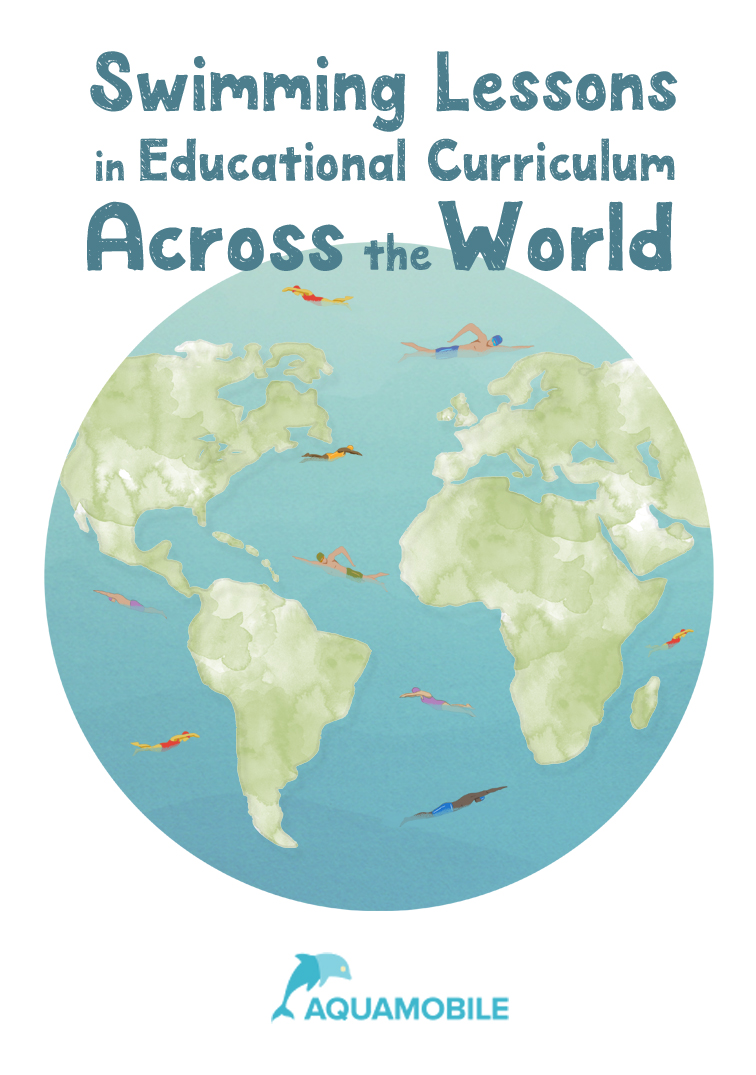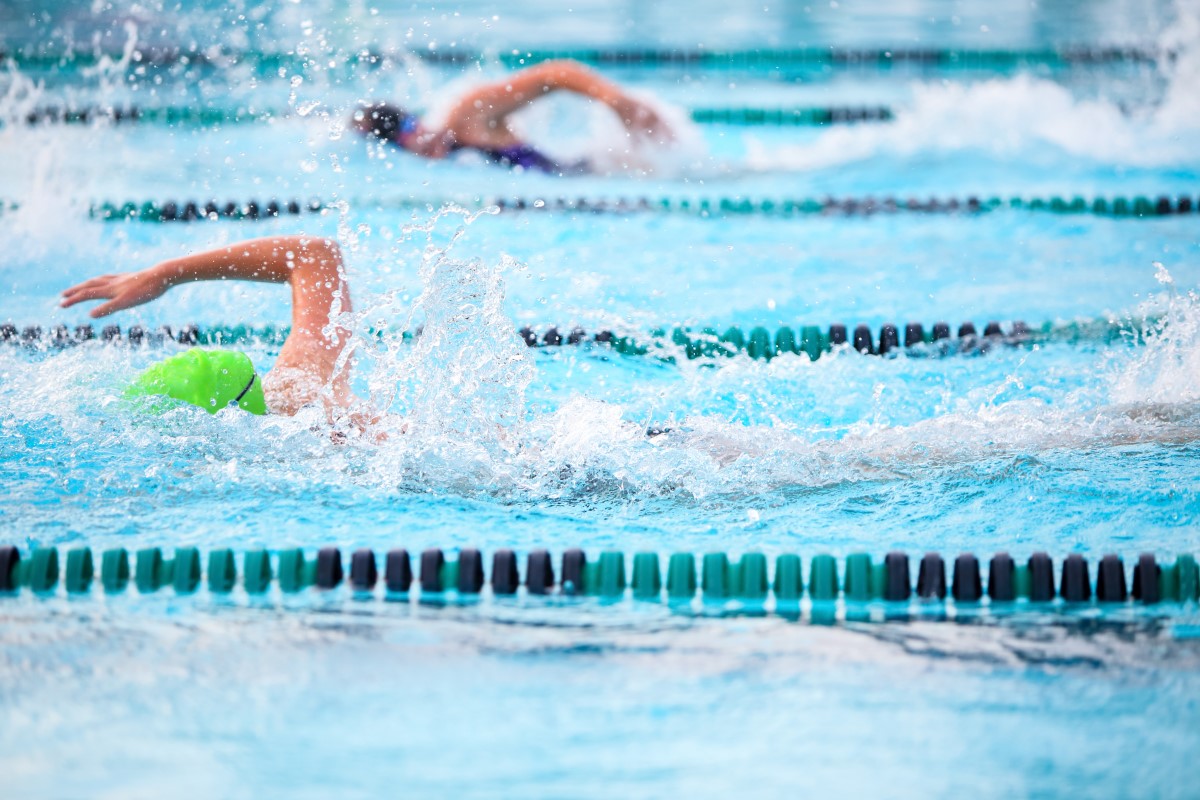We’re a world of water lovers! From private pools to community centers, many of us love to live near bodies of water. This makes it easy to go swimming, fishing or try out a variety of water sports. It’s easy for us to focus on the fun parts of spending time in the water. However, water safety is a topic that school curriculums sometimes overlook.

Preventing drowning is a key part of knowing how to swim. This is why many countries have established swimming lessons as part of their educational curriculum. Unfortunately, these places are in the minority. Swimming is more than simply a recreational activity. It’s a survival skill. Everyone should have the opportunity to learn how to swim, but sadly not everyone does.
Each year, the number of children and adults who drown in a swimming-related incident is both astounding and tragic. This number can easily be decreased by bringing swim curriculums into schools. There are many ways to prevent drowning, but education is key! Some countries already include “Learn to Swim” programs in their school curriculums.
North America
Canada
Swimming is part of the educational curriculum in schools that have access to a swimming pool in Canada. This includes both primary and secondary schools. Additionally, swimming lessons are accessible through community centres in most towns and cities. Canada has the 19th lowest rate of drowning in the world.
United States
In the United States, swimming in school curriculums varies from area to area. However, it is quite accessible. For example in Juneau, Alaska, the government has made swimming part of the school curriculum. This is mostly because of the state’s proximity to the coastline. This helps all kids under the age of 10 know how to swim from a young age. While in San Diego, there are swimming lessons available for free in the community. The U.S. has the 35th lowest drawing rate in the world.
Europe
England
Schools in England must provide swimming classes to children before they finish their primary education. Children are required to be able to swim over 25 metres comfortably and confidently. Additionally, little swimmers must be able to swim using many different strokes. This includes the front and back crawl. They also must be able to perform a self-rescue in different water-based situations! Because of the amount of swimming instruction, it should come as no surprise that England has the 6th lowest drowning rate in the world.
Oceania
Australia
Australia has a compulsory swimming program in most of its states. This program ensures that primary school children learn to swim the length of an Olympic-sized pool. Additionally, children are required to answer water safety questions and perform basic rescues. This is subsidized by the government of each state. However, the state of Queensland has yet to get this program. According to a study conducted by Royal Life Saving Australia, 1 in 5 children are not able to swim the length of an Olympic pool by the end of primary school. The country is on its way to success, but still has progress to make!
Let’s Review!
To decrease the number of drownings globally, implementing swimming into school curriculums is essential. Whether or not it’s covered by the government of the country or municipality, swimming is still an important skill. The well-being of children should be our top priority. It’s up to the education system to be more vigilant about water safety!


